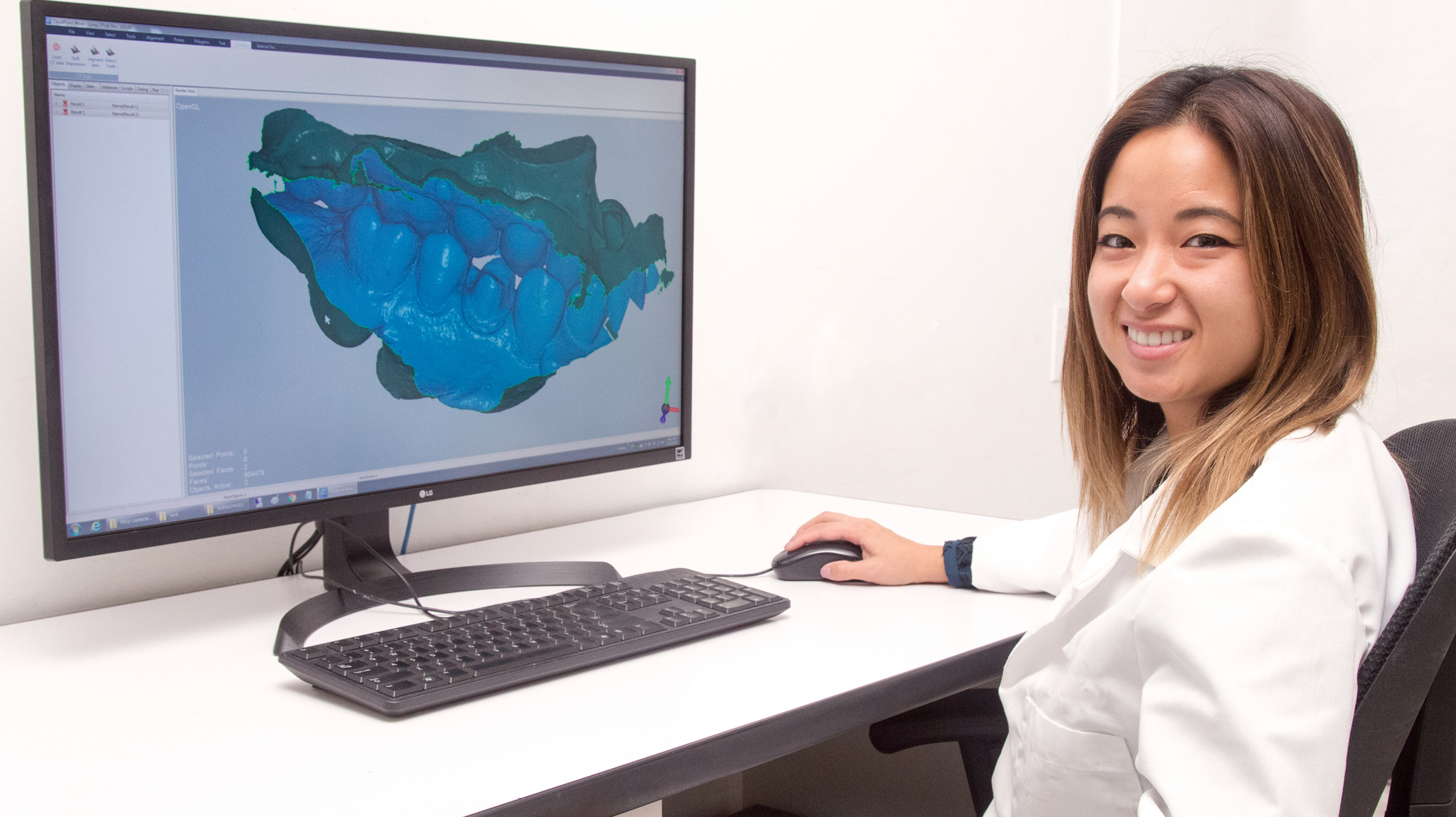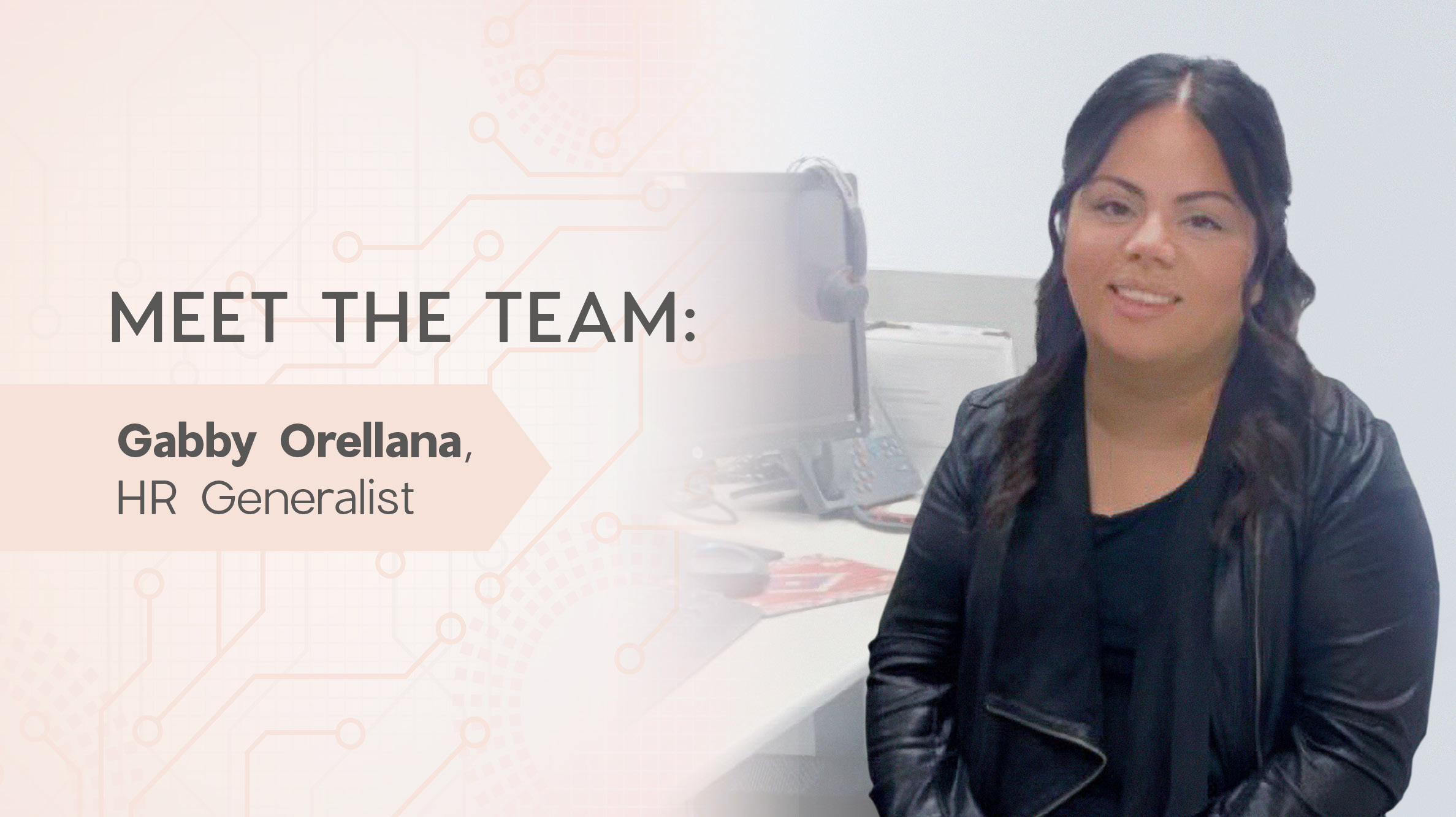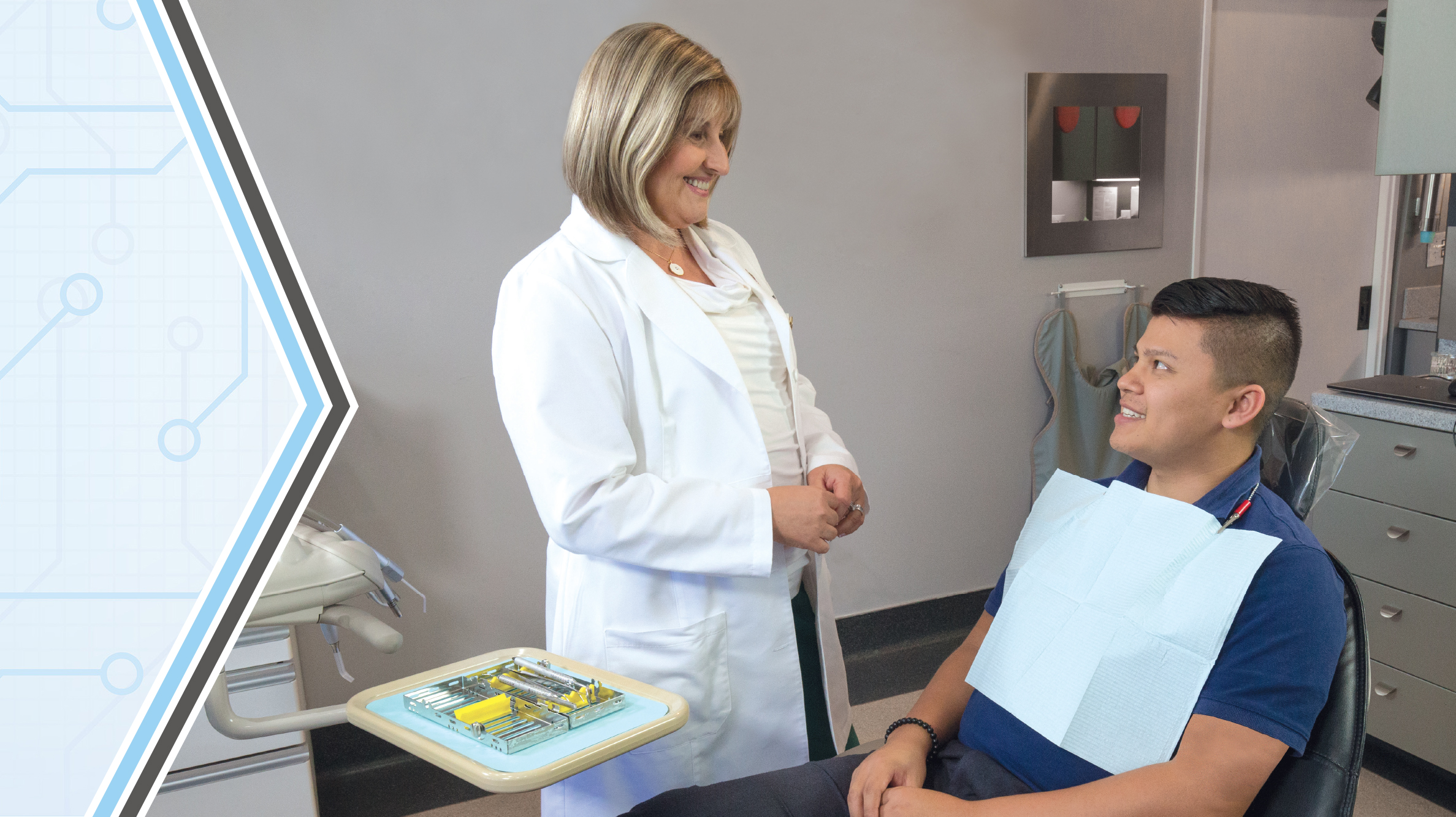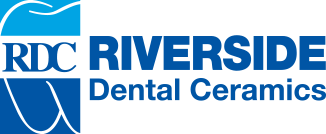Dental technology and space exploration might seem like two subjects with little in common. But thanks to recent innovations in the field of computed tomography (CT), Riverside Dental Ceramics employs the same technology for the fabrication of dental restorations as NASA does for aerospace components. Here, we explore the clinical applications of this technology while answering some of the most common questions we receive about its features.
What is CT scanning?
For years, dentists have known about the advantages of using 3D imaging to provide important diagnostic information for their patients. However, many are unfamiliar with the clinical benefits that CT scanning can provide in order to facilitate crown fabrication. Using the penetrating power of X-rays combined with the processing power of computers, this technology creates a highly accurate, full-spectrum 3D rendering of the dental impression that is far superior to conventional scanning methods. Instead of using plaster models to check and fit a restoration, lab technicians use a high-precision digital model from the CT-scanned image of the original impression.
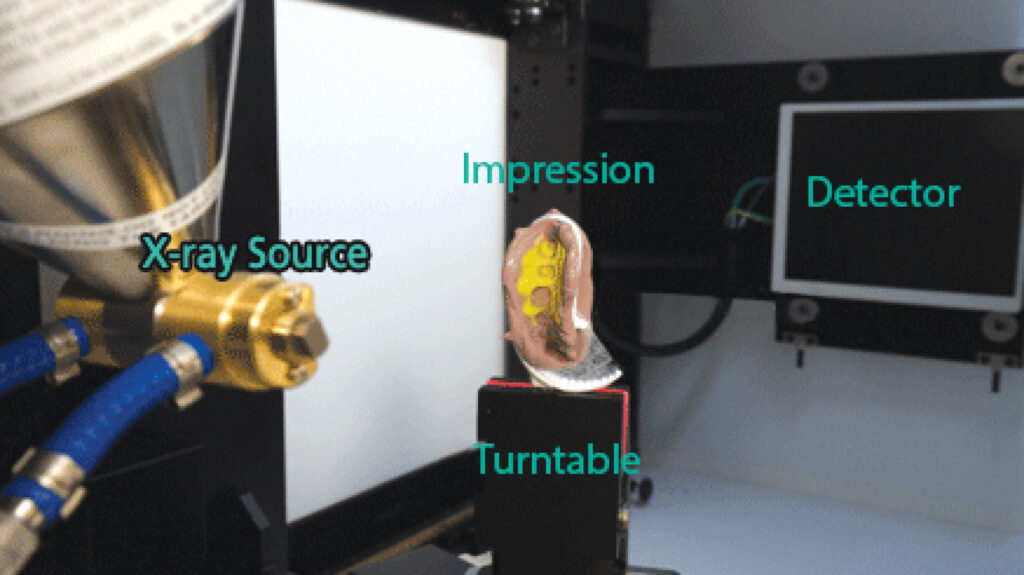
What advantages does CT scanning provide over plaster models?
When doctors send a physical impression to the lab, conventional CAD/CAM fabrication processes require the technician to first make a stone model, which is then optically scanned in order to digitally design the restoration. This process is adequate if there are no mistakes made during this step. However, due to human error and the characteristics of materials used in the plaster process, problematic situations can occur. The material can expand, mix unevenly, and result in unwanted bubble formations that would compromise the accuracy of the model. There is also potential for breakage during the die-cutting process.
When impressions are scanned directly using a CT scanner, these environmental variables are avoided entirely by skipping the need for a stone model. The device uses X-ray technology to capture a full-spectrum image of the impression with a maximum level of accuracy and consistency.
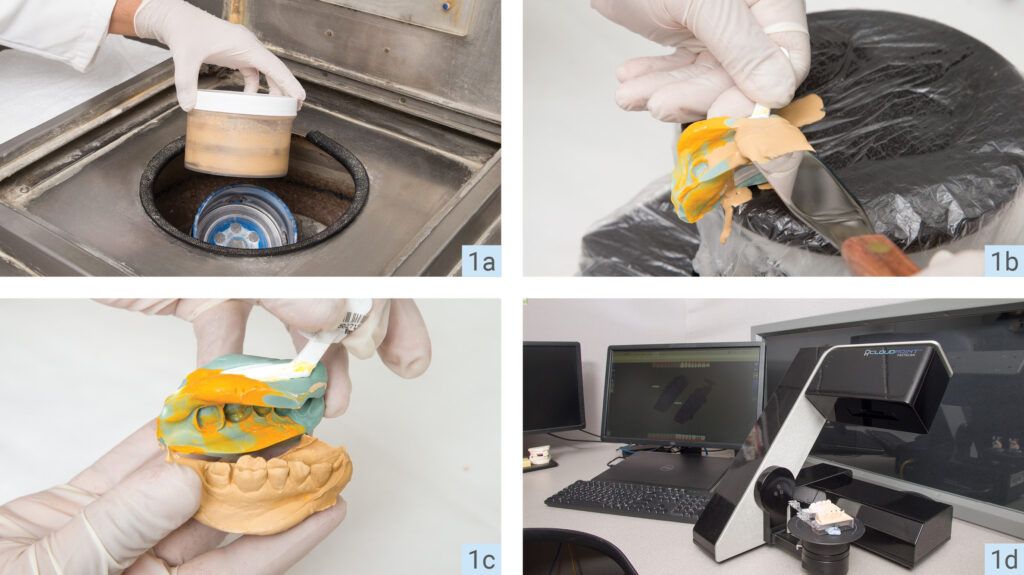
Does CT scanning result in a faster turnaround time from the lab?
CT scanning leads to quicker case processing times thanks to the speed of the scanning process and the convenience of a digital workflow. When a lab technician makes a stone model, the process of mixing, pouring, setting and die-trimming takes an average of 40 minutes. With a CT scanner, most single-unit impressions can be scanned in about 30 seconds, and long-span impressions in about 90 seconds. If there’s a mistake during the die-trimming process, the technician can quickly adjust the virtual study model without having to pour an entirely new model. Clinicians get the benefit of precise restorations with excellent margins, fit, contacts, contours and occlusion, while patients enjoy less time in a temporary and shorter seating times.
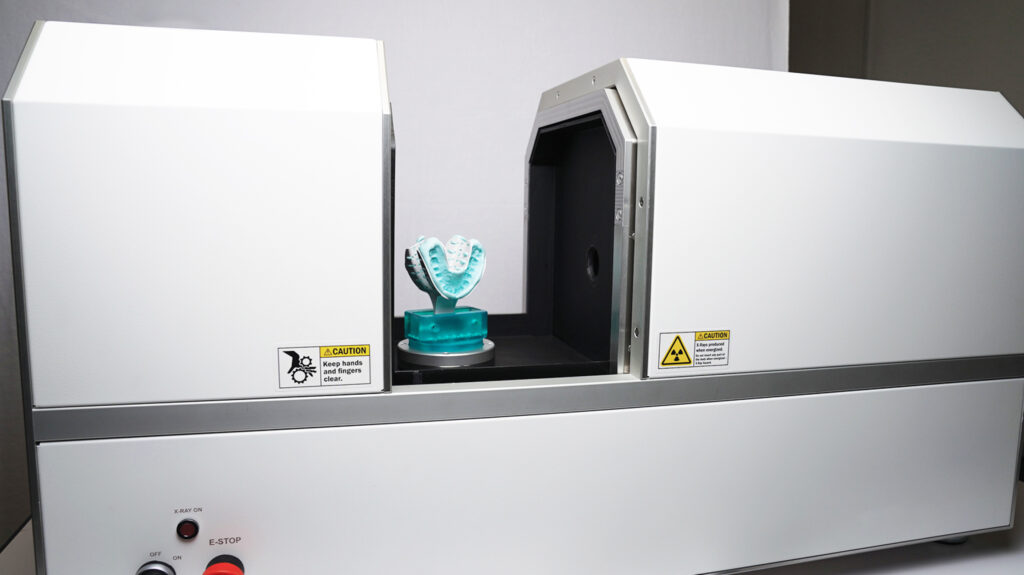
Do I need to change how I take impressions to take full advantage of CT scanning?
In most situations, no. For clinicians who have not yet invested in chairside digital technologies, or prefer to submit an elastomeric impression, this technology has the potential to improve workflow without disrupting it. Thanks to a suite of proprietary laboratory innovations, the entire process — from digitization to restoration production — takes place at our lab. Doctors can gain all the benefits of digital integration without the financial investment or learning curve that might otherwise be required when implementing digital technology in the dental office.
Are there any special considerations when taking impressions for a CT case?
Doctors should avoid using trays containing metal during the preparation. Much like an X-ray exam, the presence of metals interferes with the accuracy of the scan and may cause distortion on the rendering. Clean impressions promote higher accuracy during the scanning process, so extra attention must be given to proper sizing and materials. For an accurate bite to be included in the program, we recommend the use of a triple-tray impression rather than two separate impressions.
What cases work best with CT scanning?
Currently, RDC provides CT scanning only for single-unit posterior restorations, but will expand to posterior bridges and anterior cases in the future.

